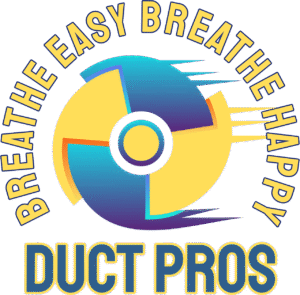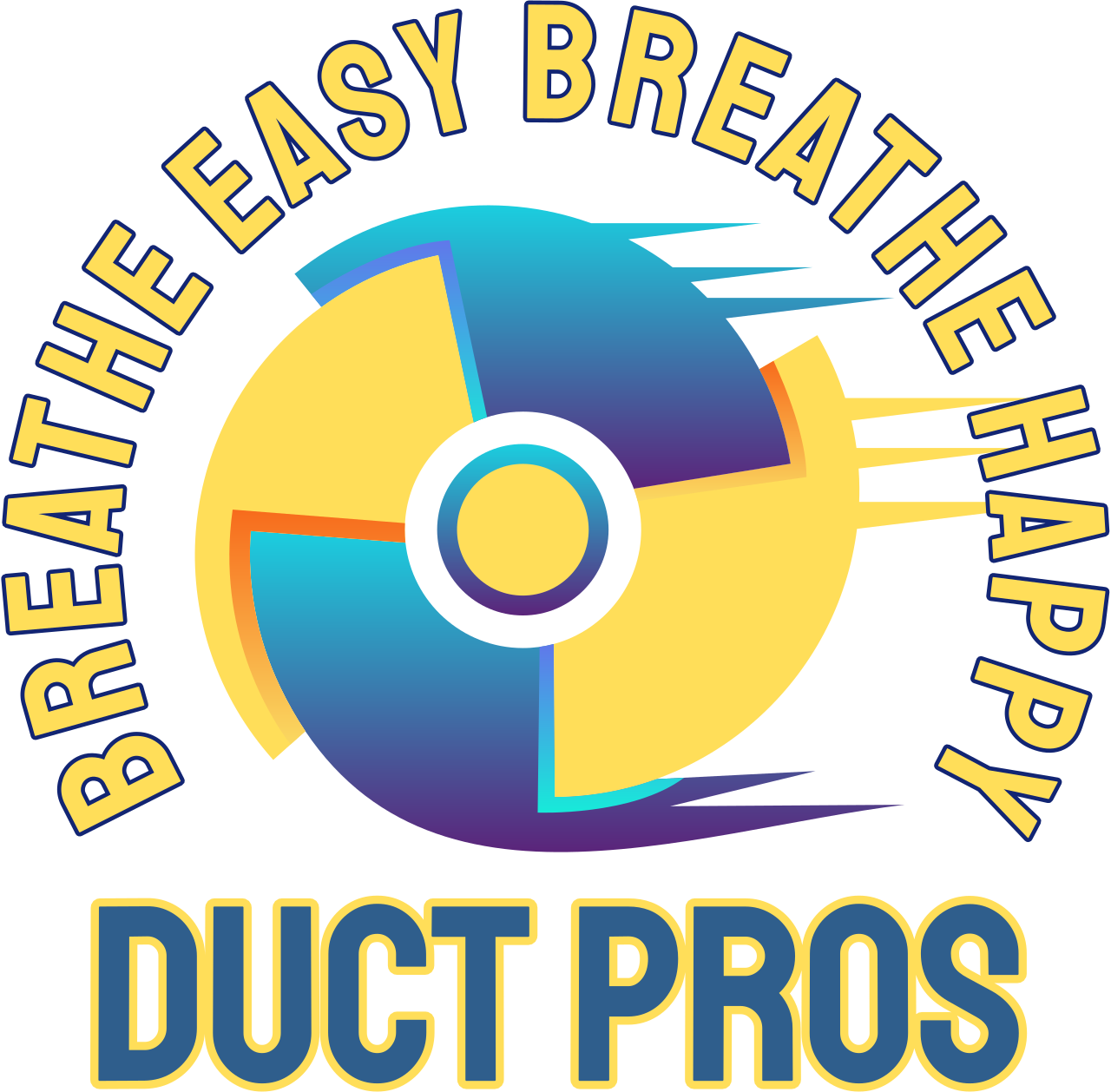How Air Duct Cleaning in Lee’s Summit Helps Reduce Seasonal Allergies
Seasonal allergies can disrupt daily life with frustrating symptoms like sneezing, coughing, congestion, and itchy eyes. In a place like Lee’s Summit, Missouri—where spring, summer, and fall bring fluctuating pollen levels—finding effective ways to manage indoor air quality becomes essential.
One highly effective yet often overlooked method for alleviating allergy symptoms is professional air duct cleaning. This article explores how clean air ducts can help reduce indoor allergens and improve the air you breathe all year round.
The Link Between Air Ducts and Allergens
Air ducts are crucial to your home’s HVAC system, transporting warm or cool air throughout each room. Over time, dust, pollen, pet dander, and even mold can accumulate within the ductwork. When the system runs, it can reintroduce these particles into your home’s air, triggering allergies.
This is especially concerning in regions like Lee’s Summit, where pollen counts shift dramatically with the seasons. Without regular maintenance, your ductwork may serve as a continual source of irritation—even while you’re indoors. That’s why keeping your duct system clean is an important component of an allergy management plan.
Health and Comfort Benefits of Air Duct Cleaning
- Removes Trapped Allergens: Professional duct cleaning removes allergens like dust mites, pollen, and mold spores that settle in your HVAC system over time. Reducing these airborne triggers can offer major relief—especially during peak allergy seasons.
- Improves Indoor Air Quality: Clean ducts result in fewer contaminants circulating through your home. This helps alleviate common allergy symptoms such as sneezing, sinus congestion, and itchy eyes, leading to more comfortable indoor living.
- Boosts HVAC System Efficiency: Layers of dust and debris can restrict airflow within your duct system. Cleaning them out improves HVAC performance, ensures steady indoor temperatures, and may even reduce energy costs.
- Reduces Mold Risks: If moisture enters your air duct system, it can promote mold growth—an indoor irritant and health hazard. Sanitizing your air ducts after cleaning is a proactive step to combat mold and bacteria.
What to Expect from a Professional Air Duct Cleaning
Understanding the steps involved in air duct cleaning helps homeowners see the value of this preventive service. Here’s a breakdown of what typically happens:
- Step 1: Inspection – A certified technician examines your ductwork for dust buildup, mold, blockages, or signs of pest intrusion. This helps determine the level of cleaning required.
- Step 2: Cleaning – Using industrial-grade vacuums and agitation devices, technicians remove accumulated debris from every part of the duct system—including supply branches, return ducts, and main trunks.
- Step 3: Sanitization – After the debris is cleared, the ducts are sanitized to remove lingering bacteria, mold spores, or odors. This added step enhances indoor air quality and keeps allergens at bay.
Choosing the Right Air Duct Cleaning Company in Lee’s Summit
A successful duct cleaning depends on working with a reputable provider. Here are key factors to look for when choosing a company:
- Experience and Certification: Trust professionals with verifiable industry credentials and years of hands-on expertise. Duct Pros, for example, has over 15 years of experience and is certified by organizations like NADCA and QUADCA.
- Full Range of Services: A comprehensive approach matters. Look for a company that doesn’t only clean air ducts but also offers services like duct sanitization and dryer vent cleaning—both important in maintaining safe, clean air circulation.
- Positive Reviews: Testimonials and customer feedback provide a glimpse into service quality and reliability. Consistently strong reviews indicate a company that meets client expectations.
Other Ways to Reduce Allergens at Home
While duct cleaning services make a big difference in air quality, there are additional steps you can take to reduce allergens indoors:
- Routine House Cleaning: Dust and vacuum frequently using a HEPA-filter vacuum to trap small particles like pet dander or pollen.
- Change Air Filters Regularly: Install high-efficiency pleated air filters in your HVAC system. Be sure to replace them based on the manufacturer’s recommendations or more often during high pollen seasons.
- Regulate Humidity: Keep humidity levels between 30%–50%. High humidity can promote mold growth, while low humidity can irritate nasal passages. Use a dehumidifier or humidifier as needed.
- Wash Bedding Often: Use hot water to clean sheets, pillowcases, and comforters weekly. This helps eliminate dust mites and allergens that build up on soft surfaces.
- Close Windows During High Pollen Counts: Keep windows and doors shut during peak pollen times to prevent allergens from entering your home.
Don’t Forget Your Dryer Vents
Many homeowners overlook the impact that clogged dryer vents can have on indoor air quality and home safety. Over time, lint and debris can block proper airflow, increasing fire risks and reducing dryer efficiency. To protect both your air and your appliances, consider scheduling regular dryer vent cleaning as part of your home maintenance plan.
Improve Your Indoor Environment Year-Round
In regions like Lee’s Summit, where seasonal allergy triggers are common, keeping your home’s air ducts clean is one of the simplest and most effective ways to promote better air quality. Reducing exposure to dust, pollen, and other allergens helps alleviate symptoms and creates a healthier living space—from spring blooms to fall foliage and beyond.
Interested in learning more or ready to book a consultation? Contact Duct Pros for affordable and thorough duct cleaning services. Our team is here to help you breathe easier at home—no matter the season.
Follow Duct Pros on Facebook for seasonal maintenance tips, client stories, and helpful advice on improving indoor air quality.

